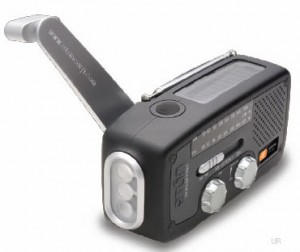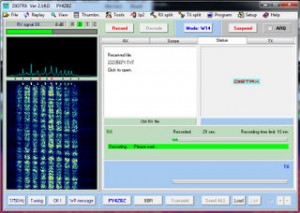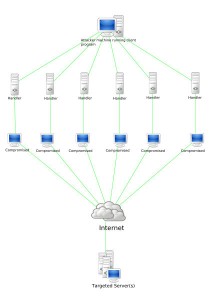 I’m always amazed by the remarkable talents and extraordinary knowledge of SWLing Post readers. Dirk Rijmenants recently commented on one of our Cuban spy numbers station postings:
I’m always amazed by the remarkable talents and extraordinary knowledge of SWLing Post readers. Dirk Rijmenants recently commented on one of our Cuban spy numbers station postings:
[T]hanks for your work on this fascinating blog.
I have additional information on how and who used these Cuban numbers stations. I composed a paper based on FBI and court documents. “Cuban Agent Communications” can by found in the Papers section of my website.
Here’s the direct link (pdf):
https://www.ciphermachinesandcryptology.com/papers/cuban_agent_communications.pdfHave fun reading!
I’ve read Dirk’s paper, which does, indeed, shed light on the process of receiving and decoding numbers. Most of all, it exposes the vulnerability and fallacy of using anything other than one-time decryption keys and single-use pads. Why? Most of what the FBI has learned about Cuban numbers came from laptops that were used to help decrypt coded messages–an unnecessary procedure when numbers can simply be decoded on note pads that can then be burnt or destroyed.
But don’t take my word for it–download and read Dirk’s paper “Cuban Agent Communications” by clicking here. Also, be sure to check out Dirk’s blog and cryptology website; I’ve bookmarked both.
Thanks for sharing your findings, Dirk!




 (Source:
(Source: 


 (Source:
(Source: